Reading Lists
10 Books About the Paradox & Mystery of Venice
A Reading List from Martin Seay

Like many people, I have written a novel about Venice. (Ed. note — The Mirror Thief, out this week from Melville House.) It’s a place that somehow in its very uniqueness seems to demand to be copied: described in poetry or prose, captured in images — a tradition that connects Canaletto’s camera obscura to the mobile phones of contemporary Instagrammers — and in some cases literally built again, in locales far from the Adriatic Sea.
I should mention that while my book is about Venice, only a third of it is set there; the rest splits evenly between Las Vegas and Southern California, the sites of two elaborate recreations of the original. I wanted to write about Venice not only as a location but as an idea, capable of slipping free of its geographical particulars to become a spirit, or a metaphor. Slipperiness — an energized ambiguity — may be the quality that best defines the city: a location where apparent opposites intersect, commingle, and trade places; simultaneously aquatic and terrestrial, past and present, east and west, spiritual and carnal, pure and corrupt, orderly and chaotic, imaginary and real.
Here, then, is a list of fictional works that I think make use of the city as more than a setting, and engage in interesting ways with the idea of Venice.
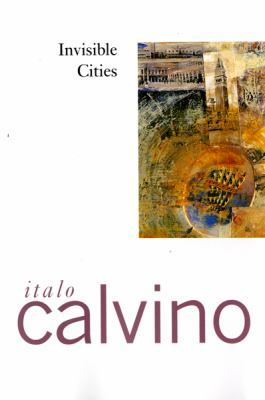
- Invisible Cities by Italo Calvino
Although Venice is barely mentioned in Calvino’s 1972 work, it haunts every page. Invisible Cities consists of fifty-five descriptions by Marco Polo of cities that he has ostensibly visited, as told to Kublai Khan; all of the cities are imaginary, and all of them are Venice. Written during Calvino’s association with the Oulipo, the descriptions are partly generated through a lattice of intersecting concepts — memory, desire, signs, trade, death, etc. — which gives the text the spooky mechanical inevitability of a sestina. The result is mysterious, lulling, and oddly moving. I’m not sure why it works, but it does.
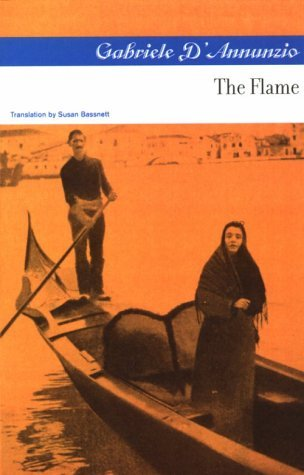
2. The Flame by Gabriele D’Annunzio
D’Annunzio is a fascinating and ultimately rather sinister figure: a precocious writer associated with the Decadent movement who later led a paramilitary force to occupy the city of Fiume, briefly establishing an independent state with “music” as its organizing principle. This autobiographical novel dates from 1900, well prior to that adventure; in it, D’Annunzio delivers a scandalous account of the end of his relationship with the great actress Eleonora Duse, portraying his fictional alter ego as a Nietzschean Übermensch who shirks conventional morality to realize his artistic vision. For all its proto-fascist posturing, The Flame is an extraordinary, almost delirious evocation of Venice as a peak achievement of human artifice. Highly recommended for fans of Ayn Rand.
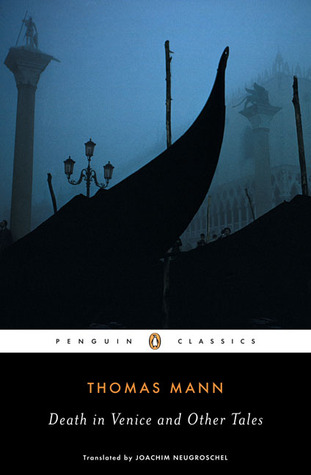
3. Death in Venice by Thomas Mann
The 1883 death of Richard Wagner provides a major subplot to D’Annunzio’s novel, and more generally kicked off an odd fetishization of Venice as a place where great artists go to meet their ends. Mann’s 1912 novella is by far the high-water-mark of this morbid mini-genre: the tale of the distinguished writer Aschenbach, his chance encounter and subsequent infatuation with the boy Tadzio, and the rapid dissolution of his dignity, his values, and his selfhood by the force of his desire. Many elements that recur often in fiction on Venice — contagious disease as a metaphor for the body’s usurpation of the intellect, a pursuit through labyrinthine streets that seems to unravel the psyche of the pursuer, and so forth — appear here with unsurpassed vividness and sophistication.
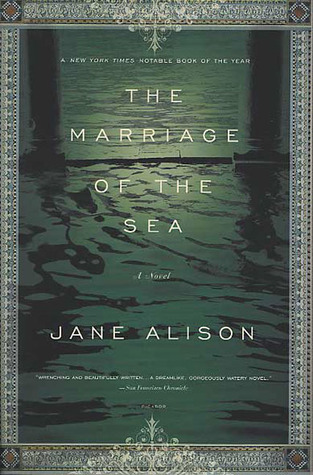
4. The Marriage of the Sea by Jane Alison
Full disclosure: Jane was my advisor for my grad school thesis, and is the writer who has taught me the most, through both her good counsel and the example of her own writing, all of which is brilliant and quite unlike anyone else’s work. Her 2003 novel The Marriage of the Sea tracks the intersections and divergences of seven characters split between two morbid and sensual sinking cities, Venice and New Orleans. The book comes closer than anything else I’ve ever read to matching the humor, elegance, and eerie enchantment of A Midsummer Night’s Dream, which is about the strongest endorsement I can think of.
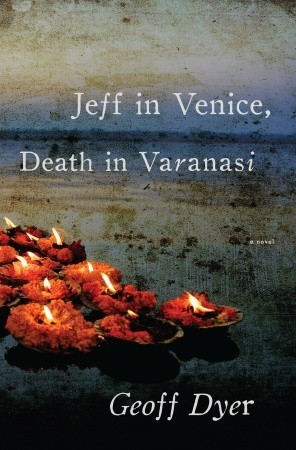
5. Jeff in Venice, Death in Varanasi by Geoff Dyer
Like The Marriage of the Sea, Dyer’s strange diptych of a novel from 2009 is built on a parallel between watery cities; in this case the other one is Varanasi, where Hindu pilgrims bathe and cremate their dead on the banks of the Ganges. The novel seems to present itself as a parody of Death in Venice — with the joke being that instead of an eminence like Aschenbach, Jeff/Death takes as its protagonist a dissipated freelance journalist who bears a more-than-passing resemblance to Geoff Dyer — but it’s never quite reducible to that. The reader is finally left with a very funny book with an unsettling void at its heart, a result that’s frustrating, intriguing, and sneakily profound.
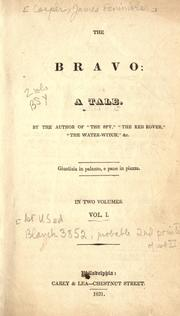
6. The Bravo: a Tale by James Fenimore Cooper
In this context a “bravo” is a professional thug, not something that one shouts at a tenor. Although this 1831 novel was largely ignored by Cooper’s fellow Americans, who much preferred his tales of adventure on the frontier, it was a big hit in Europe, where readers were receptive to its depiction of the byzantine workings of the Venetian Republic, and to its warning that ostensible democracies can be just as corrupt and unjust as any other form of government. The Bravo is particularly prescient in its recognition that a bureaucratic intelligence apparatus inevitably requires the services of heavies, operating within the realm of state power but outside the law: the bravi of Venice anticipate successors that include fascist paramilitaries, the Watergate burglars, and the CIA’s extraordinary rendition program.
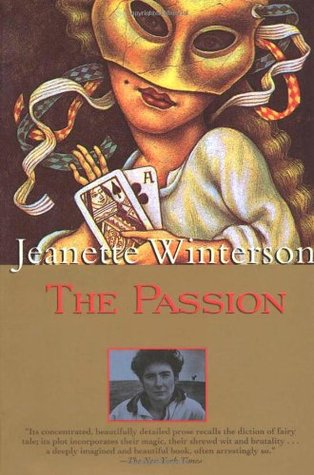
7. The Passion by Jeanette Winterson
Winterson’s 1987 novel drinks deeply of the magical-realist brew of its era — among its main characters, for instance, we find a bisexual web-footed gondolier’s daughter named Villanelle — but its fancies seem earned: not so much derivative of García Márquez as building on a queer fabulist tradition that originates in Woolf’s Orlando. Its engagement with Venice is also considered and complex, evoking gambling (and the city’s long historical association with it) as a means of confronting and navigating life’s ambiguities, and also using the great disappointment of Napoleon’s overthrow of the Republic as a backdrop for its characters’ smaller-scale disappointments.
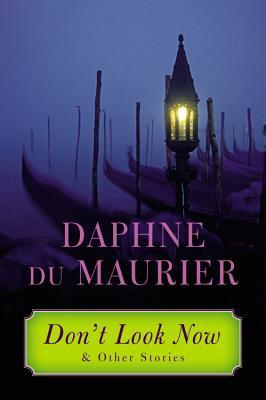
8. Don’t Look Now by Daphne du Maurier
Ghosts are by definition both present and absent, visible and invisible; thus ghost stories are inevitably stories about uneasy ambiguities. The sensory experience of Venice — winding streets, fog and mist, decaying buildings, the white noise of lapping waves — makes it a perfect locale for such stories, and indeed many are set there. Du Maurier’s “long short story” from 1971 — best known as the source material for Nicholas Roeg’s great 1973 film — may be the best of the bunch, even though (or maybe because) it doesn’t have a ghost in it, or not exactly. In addition to being an achievement in sustained creepiness, it also advances the post-Thomas-Mann tradition of depicting Venice as a site of psychic unraveling and ineluctable doom.
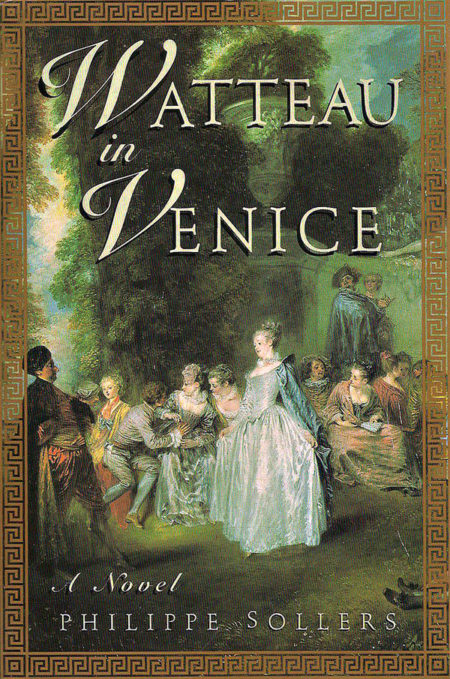
9.Watteau in Venice by Philippe Sollers
A founder of the legendary journal Tel Quel, the spouse of poststructuralist theorist Julia Kristeva, and the subject of a critical study by Roland Barthes, Philippe Sollers is practically the living embodiment of “French theory” as it is commonly understood (or not understood, as the case may be). As you’d expect, his 1991 novel is dense, learned, essayistic, and heavily citational; it’s also witty, trashy, and surprisingly fun, not entirely dissimilar to Renata Adler’s Speedboat. The discursive tale of a philandering writer holed up in a Venetian palazzo with his American astrophysicist girlfriend while waiting to assist the sale of a stolen Watteau painting, Sollers’ novel was written at the height of art-market craziness, and uses Venice as an effective vantage point from which to consider art, commerce, and the nature of reality.
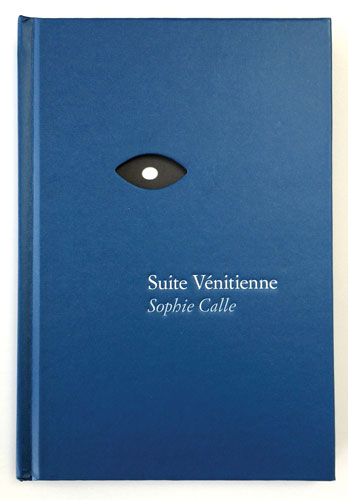
10. Suite Venitienne by Sophie Calle
I’m bending the rules a little here, but not by much. In early 1980, conceptual artist Sophie Calle met a man at a party in Paris, learned that he was about to travel to Venice, and decided to follow him, taking surreptitious photographs; Suite Venitienne is the result. The fact that the project apparently happened the way Calle said it did suggests that it’s not fiction; I’d argue that the arbitrary qualities of her decision and of the rules governing her process suggest that it is, in the same fundamental sense that children’s make-believe games are fiction. In any event, the undertaking is perfectly Venetian: an opportunity to dissolve definitions in a winding pursuit through ancient streets.
About the Author
Martin Seay is the author of The Mirror Thief. His writing has appeared in MAKE, Joyland, Gargoyle, the Believer, and the Gettysburg Review; he also maintains the blog New Strategies for Invisibility. Originally from Texas, he lives in Chicago with his spouse, the writer Kathleen Rooney.









